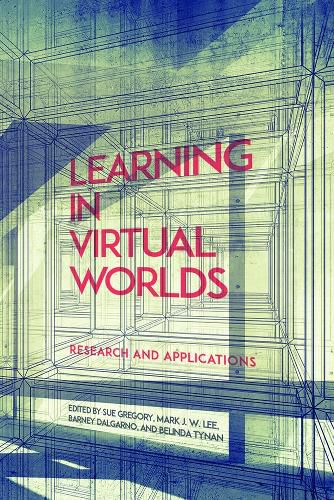Three-dimensional (3D) immersive virtual worlds have been touted asbeing capable of facilitating highly interactive, engaging, multimodallearning experiences. Much of the evidence gathered to support theseclaims has been anecdotal but the potential that these environmentshold to solve traditional problems in online and technology-mediatededucation-primarily learner isolation and studentdisengagement-has resulted in considerable investments in virtualworld platforms like Second Life, OpenSimulator, and Open Wonderland byboth professors and institutions. To justify this ongoing and sustainedinvestment, institutions and proponents of simulated learningenvironments must assemble a robust body of evidence that illustratesthe most effective use of this powerful learning tool.
In this authoritative collection, a team of international expertsoutline the emerging trends and developments in the use of 3D virtualworlds for teaching and learning. They explore aspects of learnerinteraction with virtual worlds, such as user wayfinding in SecondLife, communication modes and perceived presence, and accessibilityissues for elderly or disabled learners. They also examine advancedtechnologies that hold potential for the enhancement of learnerimmersion and discuss best practices in the design and implementationof virtual world-based learning interventions and tasks. By evaluatingand documenting different methods, approaches, and strategies, thecontributors to Learning in Virtual Worlds offer importantinformation and insight to both scholars and practitioners in thefield.





